Key Takeaways
-
Devil May Cry
redefined and popularized the hack-and-slash genre, forever revolutionizing combat systems. -
Onimusha: Warlords
and
God of War
offered unique combat systems and fascinating mythological adventures. -
Devil May Cry 3: Dante’s Awakening
revitalized the franchise following a critical flop, introducing dynamic combat and engaging storytelling.
It’s difficult to pinpoint where precisely the hack-and-slash genre began, but it was undoubtedly popularized by Sony’s second home console: the legendary PlayStation 2. After all, this was the system on which some of the most popular IPs in the genre were born, like Devil May Cry, Onimusha, God of War, and more.
6:39
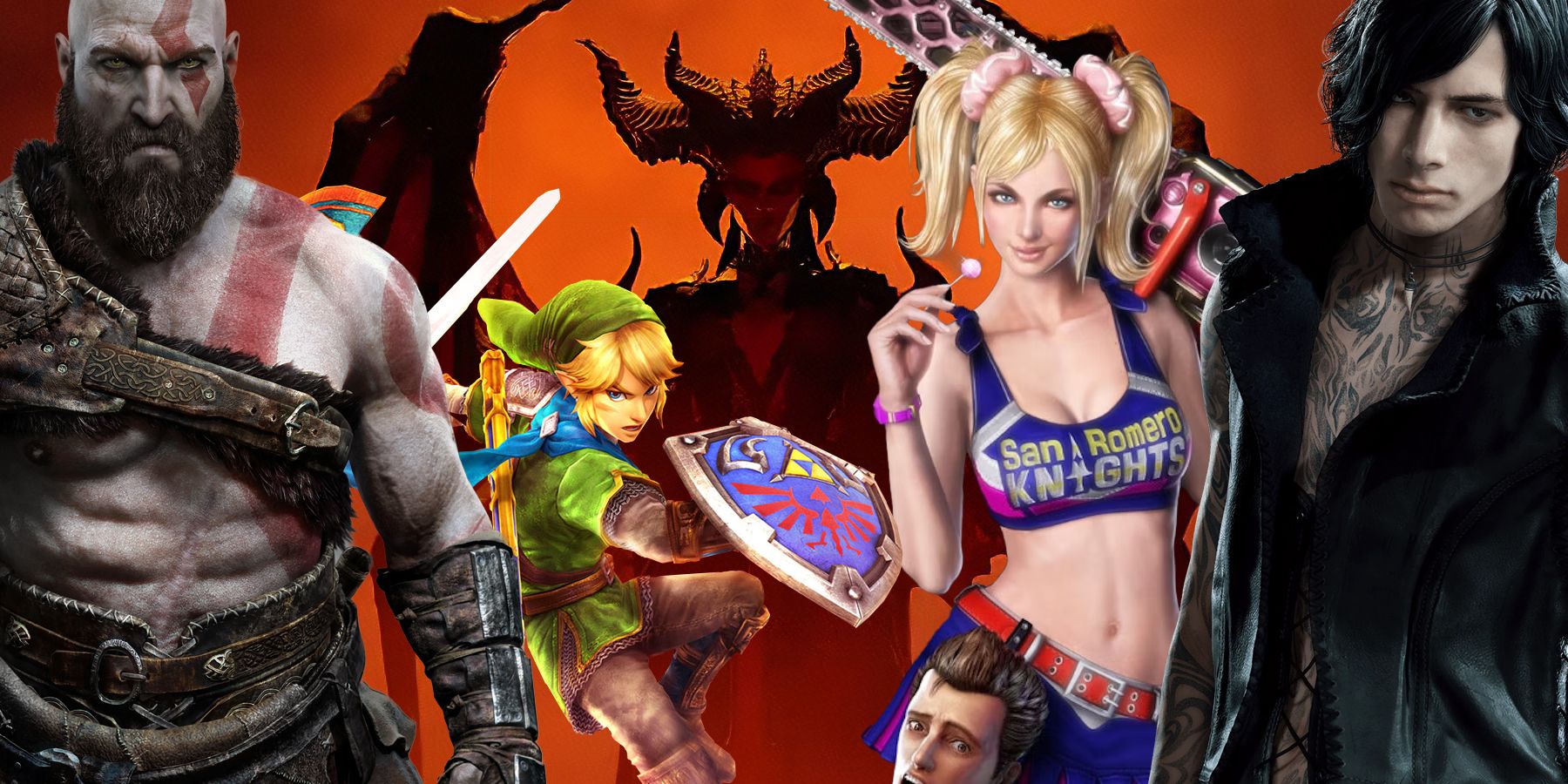
Related
The Best Hack and Slash Games of All Time, Ranked
The action-packed hack-and-slash genre has a mountain of great entries that left a mark on the genre. Here are the very best to have come out.
Hack-and-slash enthusiasts had (and still have) a lot of high-quality PlayStation 2 games to choose from, as the sixth-generation console’s new technology let developers create complex combat systems, over-the-top action set pieces, and legendary boss battles. There are multiple high-quality hack-and-slash titles on the PlayStation 2, but the following ten games are the absolute best of the bunch.
10 Shinobi
Sega’s Iconic Ninja Made The Jump To 3D
- System: PlayStation 2
- Released: November 12, 2002
- Developer: Overworks
- Genre: Hack-and-slash, Action-adventure
Shinobi was a series of really fun 2D action sidescrollers that Sega released for arcades and consoles during the 90s. However, in 2002, this iconic ninja finally made the jump to 3D on the PlayStation 2 and, of course, the hack-and-slash genre was chosen to make this crucial transition.
Simply titled Shinobi, this 3D action adventure ended up being one of the PS2’s most underrated gems, due to its fast-paced violent combat, its solid boss fights, and its impressive scarf physics. It is often criticized for being a bit generic and short, but it more than makes up for it with its extreme difficulty.
9 Devil May Cry
The Game That Redefined The Entire Genre
Devil May Cry
- Released
- October 16, 2001
- Developer(s)
- Capcom Production Studio 4
- OpenCritic Rating
- Strong
While the hack-and-slash genre arguably existed before Devil May Cry, it’s impossible to deny that this 2001 Capcom title completely changed and popularized the genre in the eyes of mainstream gamers. Who would have thought that a game that began its life as Resident Evil 4 would end up becoming so important?
Devil May Cry features a dark atmosphere, incredible boss fights, ruthless enemies, a charming protagonist named Dante, and, most important of all, a refreshing and dynamic combat system that rewards the player based on their performance. While Devil May Cry has not aged as well as its sequels, all of these elements helped it make an impact on the industry and cemented it as one of the PS2’s biggest system sellers.
8 Onimusha: Warlords
Capcom’s Other Classic Hack-And-Slash Release
Capcom released another hack-and-slash game a few months before Devil May Cry that is just as important for the history of the genre, even if it’s often ignored. Onimusha: Warlords was also conceived as a Resident Evil game, but it slowly morphed into its own thing: An action-adventure about samurai, set in Japan’s Sengoku Period.

Related
6 Forgotten One-Off Hack And Slash Games That Are Worth Revisiting
These hack-and-slash titles may have fallen by the wayside over the years, but fans of the genre should consider picking them up.
Onimusha: Warlords’ gameplay is a bit slower than its contemporaries, but its combat system is still quite enjoyable, especially during its excellent boss encounters. Not to mention that the alternate weapons and its bleak atmosphere also helped it stand out. Curiously enough, Hideki Kamiya once revealed that a bug in the combat of Onimusha: Warlords is what inspired the combat in Devil May Cry.
7 Zone Of The Enders 2: The 2nd Runner
Konami’s Crazy Mecha Adventure
Zone of the Enders: The 2nd Runner
In 2001, Konami released a fascinating game about mechas titled Zone of the Enders, which was produced by Hideo Kojima. While it definitely caught some people’s attention by combining elements of the space shooter and hack-and-slash genres, it was not without its flaws. However, its sequel, Zone of the Enders 2: The 2nd Runner improved on almost everything in order to turn the IP into something truly special.
The gameplay moves at breakneck speeds, mainly because the flying mecha (named Jehuty) gives players a lot of mobility. Furthermore, The 2nd Runner’s combat features a satisfying combination of solid melee combat and a variety of ranged sub-weapons, which are put on full display during its exciting boss battles. The story may be a bit hard to follow, but it makes up for it with its great presentation and beautiful animated cutscenes.
6 Dynasty Warriors 4
The Best Musou Game On The PlayStation 2
Musou games can be considered a sub-genre of the bigger hack-and-slash genre, and Koei Tecmo’s Dynasty Warriors is undoubtedly the most recognizable Musou franchise in the entire industry. Dynasty Warriors thrived on the PS2 and helped popularize the Musou genre, and while some of these games are too similar to each other, most fans agree that the fourth entry is the series’ best.
Dynasty Warriors 4 was received extremely well because it was made more accessible for newcomers while keeping with what made these games so much fun in the first place. Of course, Musou fans may be used to defeating large hordes of enemies with a satisfying combat system on modern systems, but achieving this was very impressive for the PlayStation 2 at the time. Dynasty Warriors 4 was pushing the console to its limits, with incredible results. This was such a solid entry that it received multiple expansions and enhanced re-releases.
5 Onimusha 2: Samurai’s Destiny
An Outstanding Sequel That Became The Best Game In Its Franchise
Onimusha 2: Samurai’s Destiny
Onimusha: Legends was well received, but dedicated fans of the series often consider that its sequel, Onimusha 2: Samurai’s Destiny, is not only the better game but that it’s also the best entry in the entire franchise. Those fans might be on to something because this sequel took everything that made the original so good and improved on it.
The newfound popularity of both the Onimusha IP and the Devil May Cry franchise greatly benefited the gameplay of Onimusha 2: Samurai’s Destiny. The combat is quicker and more responsive, the inclusion of a parry system makes everything more strategic, it has a larger variety of enemies and bosses, and it has a much more balanced difficulty. It’s no wonder why fans are begging for a remaster of this game, similar to the 2019 remaster of Onimusha: Warlords.
4 God Of War
A Violent Mythological Adventure That Made A Huge Impact
For many years, most hack-and-slash games were made exclusively by Japanese developers, until 2005, when Santa Monica Studio threw their hat in the ring with God of War. Needless to say, they were extremely successful, as this became one of the best-selling PS2 games and God of War in general eventually turned into one of the PlayStation brand’s most recognizable IPs.

Related
6 Great Open-World Hack-And-Slash Games
These open-world games included elements of hack-and-slash combat to make the experience a bit less taxing on their players.
This game’s critical and commercial success can be attributed to many different factors, like its epic setting and story inspired by Greek mythology or its over-the-top levels of violence and gore. However, what made God of War stand out was Kratos’ Blades of Chaos, which gave players a level of mobility and crowd control never before seen in the hack-and-slash genre. The effectiveness of this weapon is put to the test during the epic encounters against giant bosses that practically redefined the concept of boss battles.
3 Kingdom Hearts 2
A Mind-Blowing Hybrid Between An RPG And A Hack-And-Slash Game
In 2002, Square Enix and Disney released Kingdom Hearts, a charming action RPG with a relatively slow combat system. However, its non-surprising success led to the development of a sequel that came out later in 2005. Kingdom Hearts 2 left most of its RPG elements behind and prioritized its incredible, fast-paced combat that would put even the original Devil May Cry to shame.
With the help of Donald and Goofy, Sora can use a large variety of techniques, abilities, and magic spells that can annihilate any Heartless or Nobody he comes across, even the powerful members of Organization XIII that star in some of the best boss fights in gaming history. On top of all that, Kingdom Hearts 2 is home to the Battle of the 1000 Heartless, an action-packed segment that is reminiscent of the Dynasty Warriors games.
2 God Of War 2
Kratos’ Incredible Second Adventure Arrived During The Console’s Final Years
The original God of War may have changed the hack-and-slash genre forever, but its sequel, God of War 2, was on a whole other level. What’s especially interesting is that it came out in 2007, several months after the release of the PlayStation 3, and it helped prove that the PlayStation 2 still had a lot of great experiences to offer late into its lifespan.
God of War 2 is one of those perfect sequels that simply does everything better than its predecessor. The combat is smoother, there’s a wider variety of weapons and powers to use, there are bigger and better boss fights, and more gods from the Greek Pantheon get involved with Kratos’ story this time around. The God of War series would keep growing with its third entry, and it eventually went in a different direction on the PS4, but the second entry in the series is still considered one of the best action games ever made.
1 Devil May Cry 3: Dante’s Awakening
A Perfect Hack-And-Slash Masterpiece
Devil May Cry 3
Hack and Slash
Action-Adventure
Beat ‘Em Up
- Released
- February 17, 2005
Devil May Cry may have revolutionized and popularized the hack-and-slash genre, but it pales in comparison to the excellent Devil May Cry 3: Dante’s Awakening. This was a much-needed return to formula, because Devil May Cry 2 was a critical and commercial failure that almost killed the franchise. Thankfully, the third entry was so incredible that it completely reinvigorated the series, and what made it work so well was the flawless combination of multiple components working together.
The story is engaging and emotional—Dante is much more charismatic this time around—and the presentation is unbelievable, with some of the best art direction and graphics on the PS2. However, Devil May Cry 3 primarily saved the reputation of the franchise thanks to its gameplay. The base combat is much more dynamic and less clunky than Devil May Cry 1’s, and Dante’s versatile new Styles let the player adapt to each situation accordingly. Needless to say, this perfect combat system shines when facing the game’s legendary cast of different bosses, especially against Vergil. All of these elements cement Devil May Cry 3 as one of the best hack-and-slash games ever made.

MORE:
7 Best Hack And Slash Protagonists, Ranked
The protagonist isn’t always the main focus of the hack and slash genre, but these games manage to combine great combat with iconic main characters.

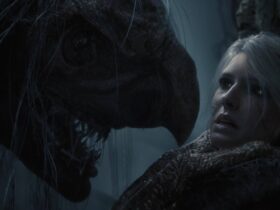

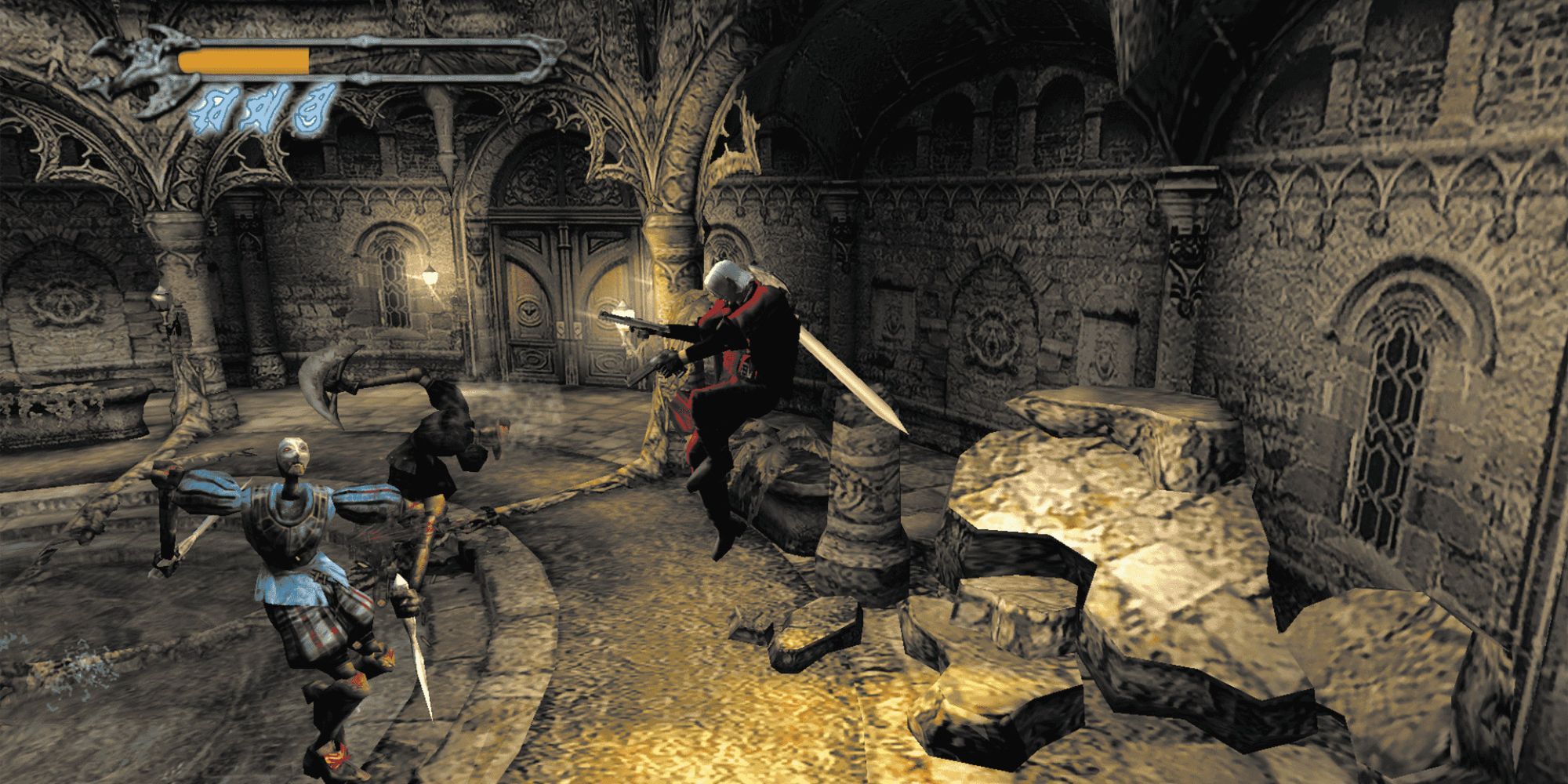

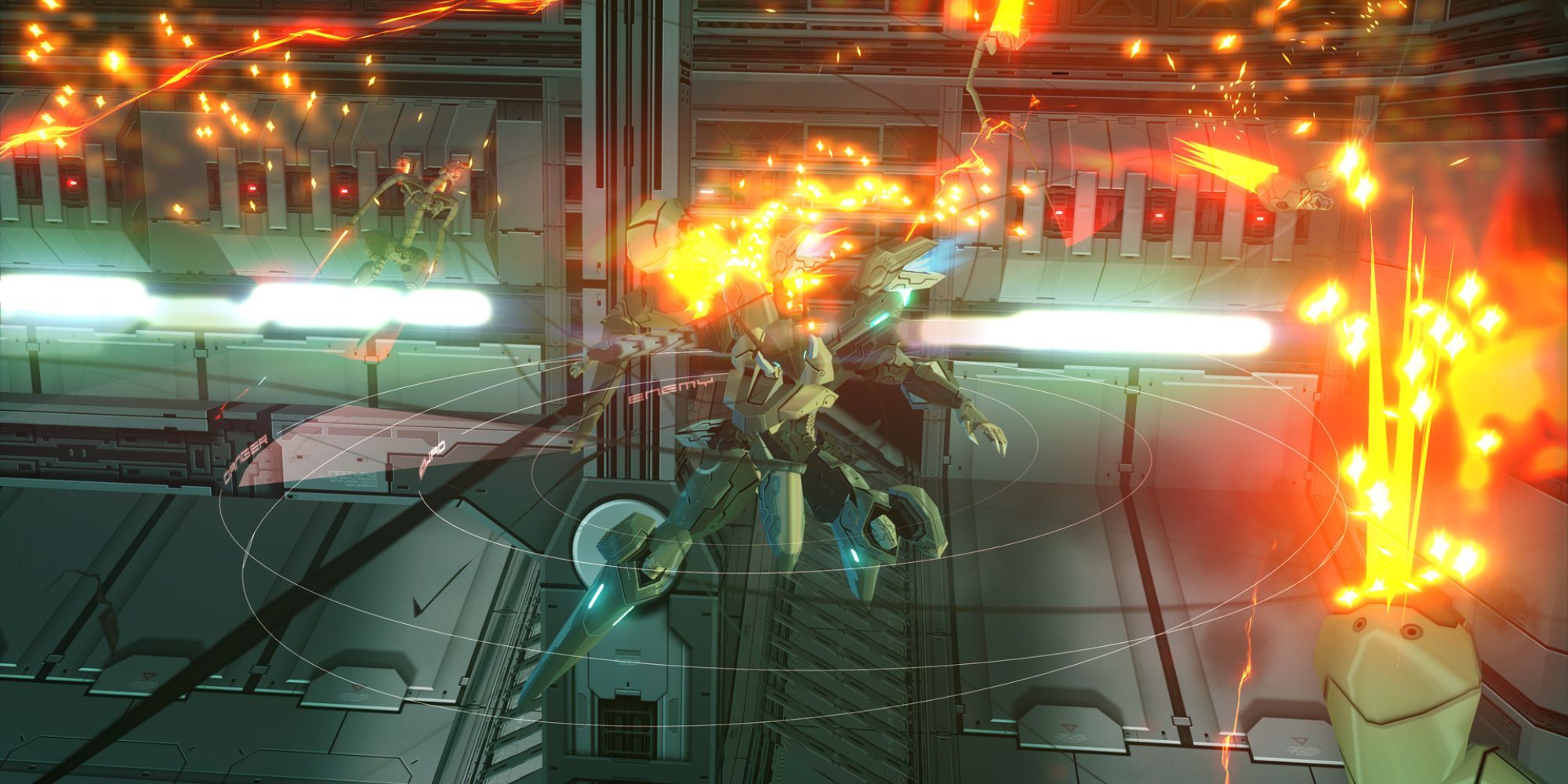



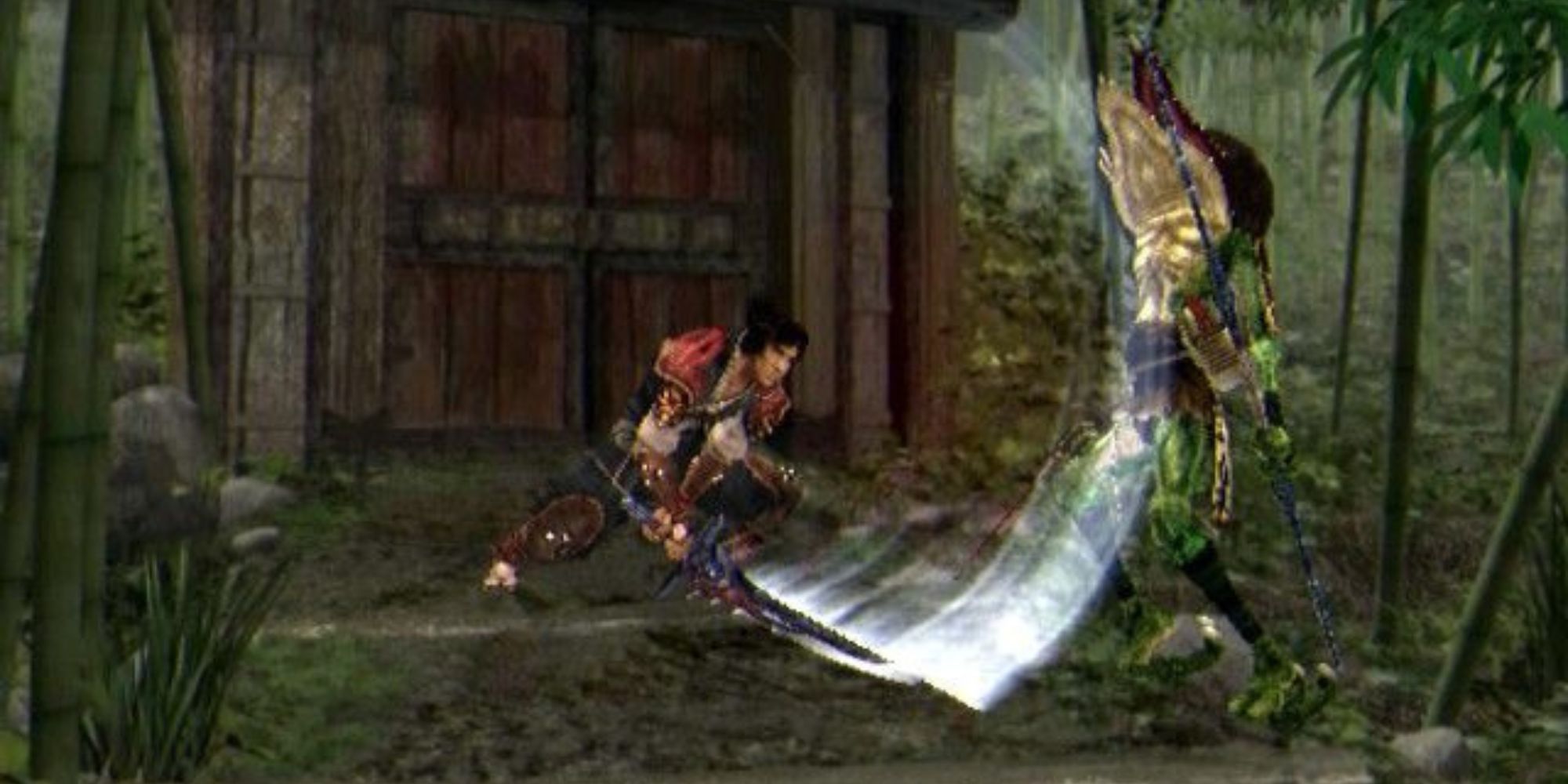





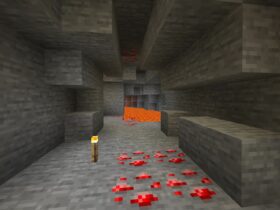





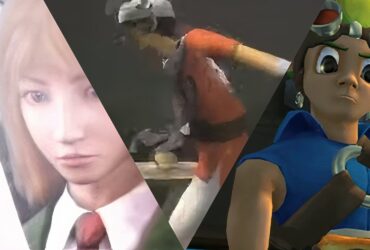

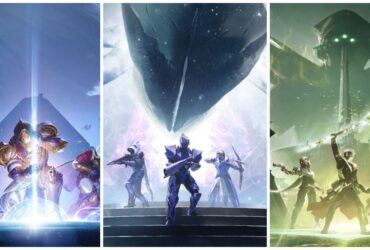

Leave a Reply